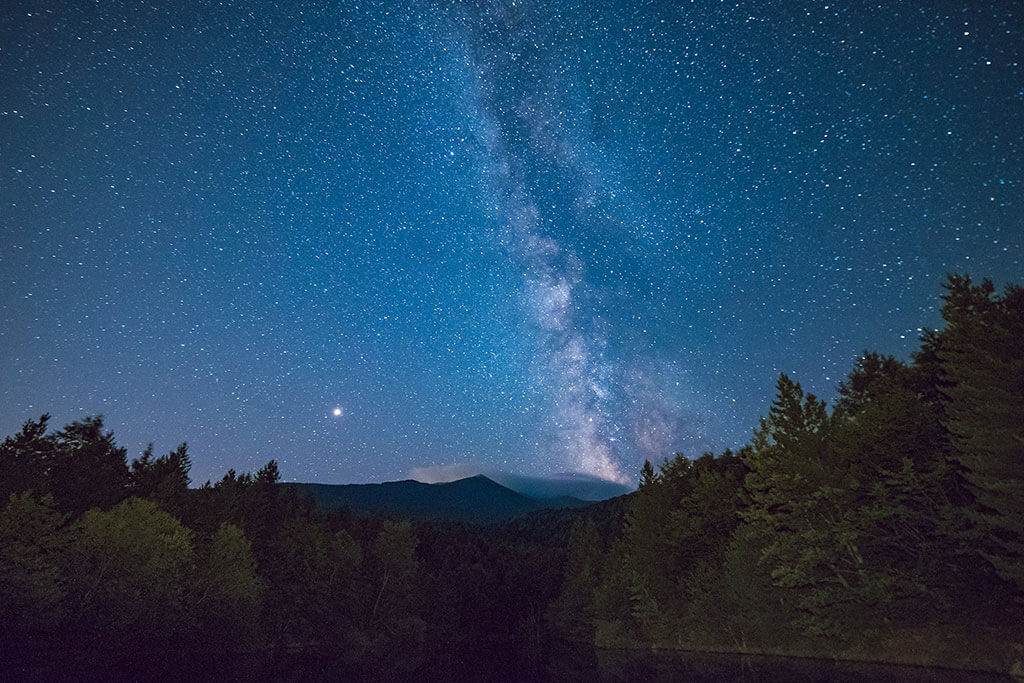
29
October
DDO: Up in the Sky (ONLINE) (CANCELLED)
Join us, from the comfort of your home! This program provides an illustrated one-hour presentation and discussion about what exciting celestial events to look for each season. The events and phenomena will be explained using simple language, with recommendations about how best to observe and photograph them.

13
November
DDO: Up in the Sky (ONLINE) (CANCELLED)
Join us, from the comfort of your home! This program provides an illustrated one-hour presentation and discussion about what exciting celestial events to look for each season. The events and phenomena will be explained using simple language, with recommendations about how best to observe and photograph them.

17
December
DDO: Up in the Sky (ONLINE)
Join us, from the comfort of your home! This program provides an illustrated one-hour presentation and discussion about what exciting celestial events to look for each season. The events and phenomena will be explained using simple language, with recommendations about how best to observe and photograph them.

15
January
DDO: Up in the Sky (ONLINE)
Join us, from the comfort of your home! This program provides an illustrated one-hour presentation and discussion about what exciting celestial events to look for each season. The events and phenomena will be explained using simple language, with recommendations about how best to observe and photograph them.

19
February
DDO: Up in the Sky (ONLINE) (CANCELLED)
Join us, from the comfort of your home! This program provides an illustrated one-hour presentation and discussion about what exciting celestial events to look for each season. The events and phenomena will be explained using simple language, with recommendations about how best to observe and photograph them.

23
April
DDO: Up in the Sky (ONLINE) (CANCELLED)
Join us, from the comfort of your home! This program provides an illustrated one-hour presentation and discussion about what exciting celestial events to look for each season. The events and phenomena will be explained using simple language, with recommendations about how best to observe and photograph them.

20
May
DDO: Up in the Sky (ONLINE) (CANCELLED)
Join us, from the comfort of your home! This program provides an illustrated one-hour presentation and discussion about what exciting celestial events to look for each season. The events and phenomena will be explained using simple language, with recommendations about how best to observe and photograph them.

17
June
DDO: Up in the Sky (ONLINE) (CANCELLED)
Join us, from the comfort of your home! This program provides an illustrated one-hour presentation and discussion about what exciting celestial events to look for each season. The events and phenomena will be explained using simple language, with recommendations about how best to observe and photograph them.

16
September
DDO: Up in the Sky (ONLINE) (CANCELLED)
Join us, from the comfort of your home! This program provides an illustrated one-hour presentation and discussion about what exciting celestial events to look for each season. The events and phenomena will be explained using simple language, with recommendations about how best to observe and photograph them.

7
October
DDO: Up in the Sky (ONLINE) (CANCELLED)
Join us, from the comfort of your home! This program provides an illustrated one-hour presentation and discussion about what exciting celestial events to look for each season. The events and phenomena will be explained using simple language, with recommendations about how best to observe and photograph them.
